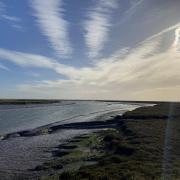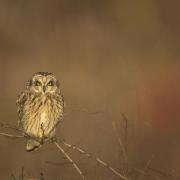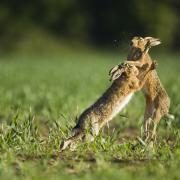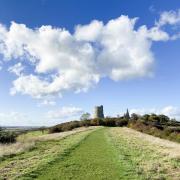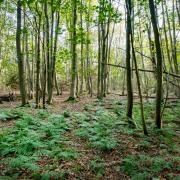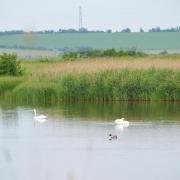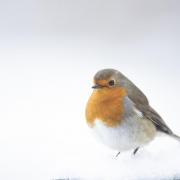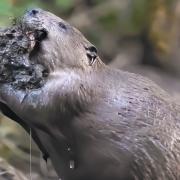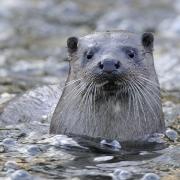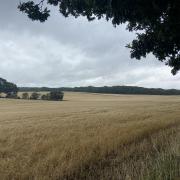Together with spiders, snakes are among our most feared creatures, with a capacity to inspire terror far beyond any risks they may actually pose. I’ll never forget the time my panic-stricken mum ran into the house, locking the door behind her, when my brother and I found a slow worm (which is actually a legless lizard) in the garden. Such reactions are perhaps not as irrational as they may at first appear and it seems reasonable to conclude that such phobias likely have their origins way back in our evolutionary history, when an intense aversion to potentially harmful animals could have meant the difference between life and death.
Nevertheless, even those with an acute fear of snakes can learn to appreciate these fascinating and beautiful creatures, as my mum recently — and quite courageously — demonstrated one bright and sunny day amid the wilds of Wallasea Island on the untamed Essex coast.
Having noticed what I thought was a slow worm on the path ahead, I dutifully alerted my mum to its presence, lest she suddenly turn and flee. However, upon closer inspection, and to my excitement, it became clear that it was in fact an adder, basking lazily in the spring sunshine.
Although quite taken aback at how tiny it was, I was even more surprised when I noticed that, far from being scared, my mum was quite taken with this striking yet rather timid reptile. Despite being Britain’s only venomous snake, it was difficult to see how it could pose a threat to all but the most unlucky — or most stupid — among us. Far from lunging at our ankles with fangs bared, all it wanted to do was evade our eager gaze by slithering off into the grass.
Of the three species of snake occurring in the UK, only two — the adder and grass snake — are found in Essex. Both adders and grass snakes frequent open habitats such as grassland and woodland rides, though the latter will also visit gardens in order to lay eggs. Grass snakes prey almost exclusively on amphibians, which means they are also found near lakes and ponds. However, I didn’t realise quite how at home they are in water until my wife and I happened upon one at the RSPB’s Rainham Marshes, on the banks of the Thames in the very south of the county.
Keeping my eyes peeled for water voles in one of the reserve’s reed-fringed ditches, I suddenly spotted what looked like an eel swimming lithely and with consummate ease a foot or so under the water’s surface. Suddenly, and to my delight, I noticed its distinctive black-and-yellow collar and olive-green colouration, leaving me in no doubt that this was no eel, but was in fact a grass snake. More recently, my wife and I also glimpsed a grass snake stealthily slipping through the vegetation on the surface of the River Blackwater, a touch inland from where its gentle and unassuming flow emerges into a sizeable estuary at the picturesque Heybridge Basin.
Nature can often surprise us, and these encounters demonstrate that snakes are not the loathsome and terrifying creatures they are often made out to be. Consequently, and as my mum will attest, there is no reason why even those who fear snakes cannot come to appreciate, and even admire, these wonderful creatures. n






